#Angiosperms
Explore tagged Tumblr posts
Photo
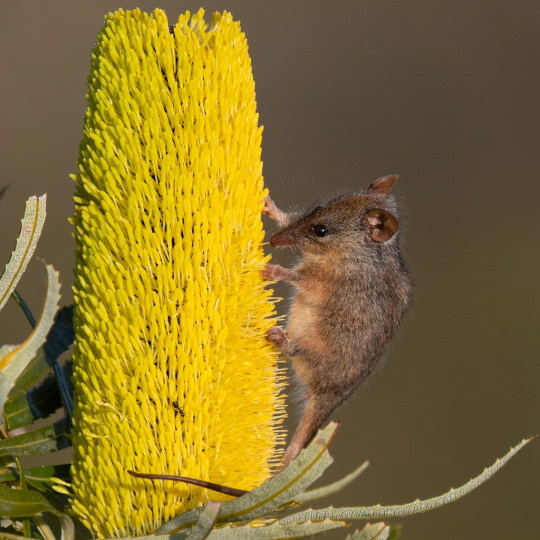
Honey possum (Tarsipes rostratus) drinking nectar from candlestick banksia (Banksia attenuata) flowers in Western Australia
John Anderson
3K notes
·
View notes
Text
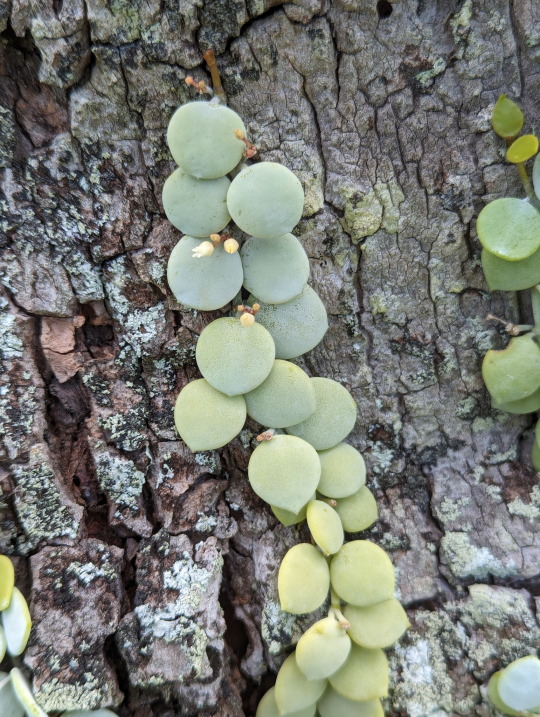
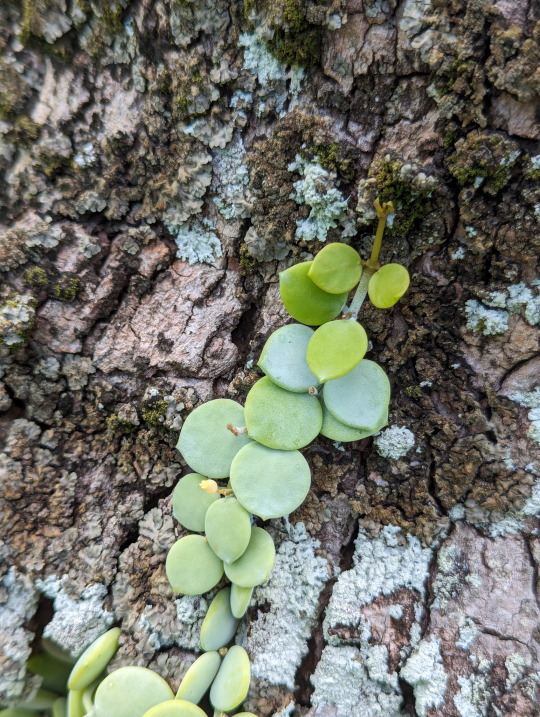
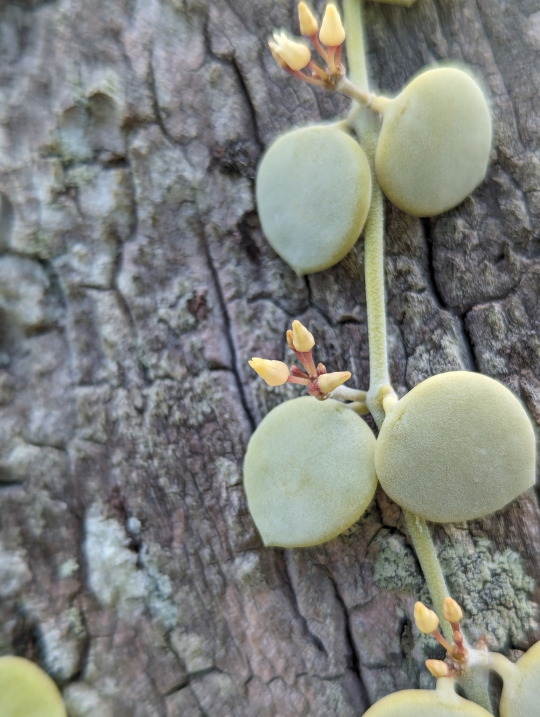

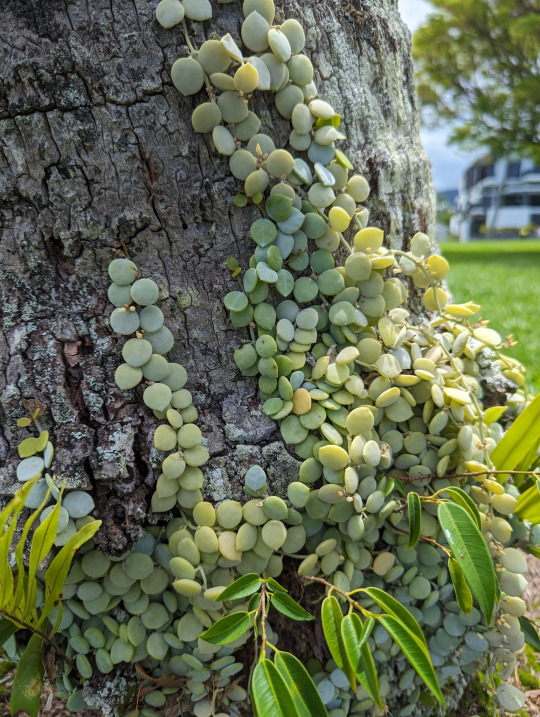
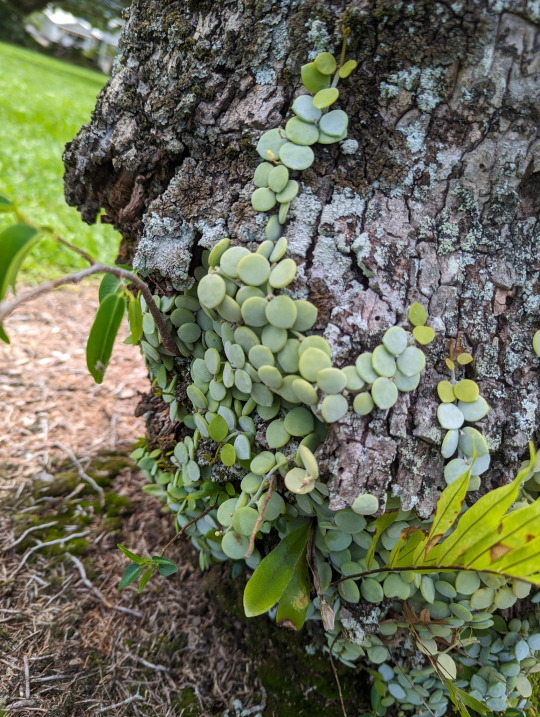
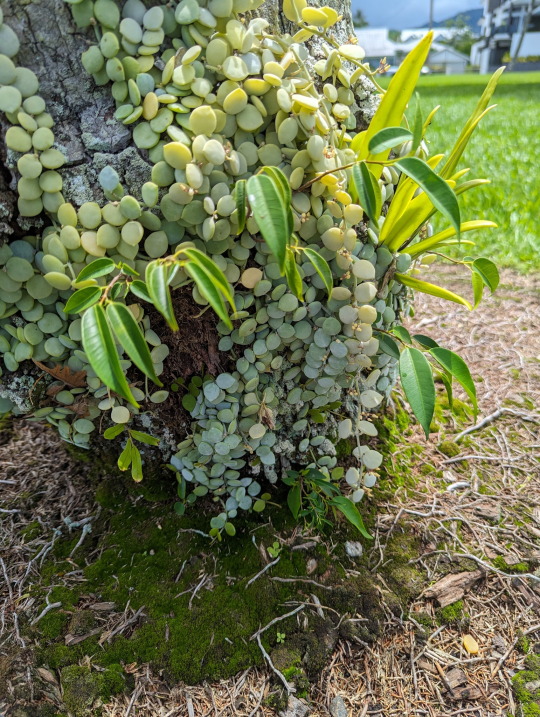

Beautiful button orchid growing on a palm tree.
17/01/24 - Dischidia nummularia
QLD:WET - Cairns
#nature#Dischidia nummularia#Button Orchid#Plantae#plants#botany#Milkweeds#Gentianales#Magnoliopsida#Dicots#Angiospermae#Flowering Plants#angiosperms#Tracheophyta#Vascular Plants
162 notes
·
View notes
Text
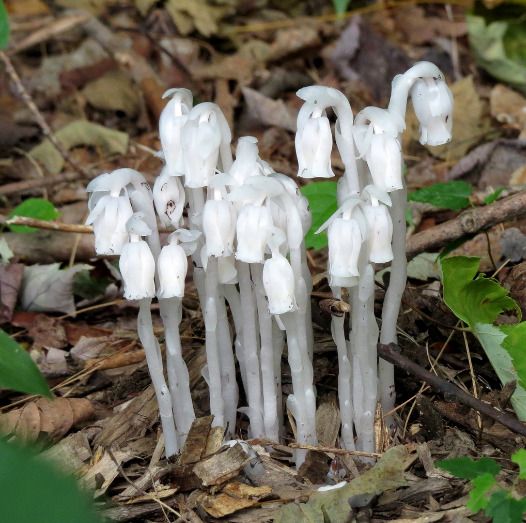
Ghost Plant (Monotropa uniflora)
Family: Heath Family (Ericaceae)
IUCN Conservation Status: Unassessed
Over 80% of plants form mutualistic relationships with soil-dwelling fungi, linking their roots to the fungus' hyphae and providing photosynthetically produced sugars in exchange for hard-to-access nutrients that the fungus takes in from the soil. The Ghost Plant, which is found mainly in temperate shady forests across much of Asia and the Americas, also connects its roots with the hyphae of fungi (specifically members of the family Russulaceae,) but contributes nothing; it is a parasite, stealing nutrients not only from its host fungus but also from other plants (particularly birches) that its host is also connected to. Living entirely on stolen nutrients means that Ghost Plants have no need to carry out photosynthesis, and as such they lack the green pigment chlorophyll that almost all plants use to absorb sunlight, giving them their namesake eerie white appearance (although on occasion pale pink individuals are recorded) and allowing them to survive in dark, shady conditions that other plants are unable to colonise. Ghost Plants bloom rarely and unpredictably (as they do not photosynthesise they have no need for aboveground leaves or stems when not reproducing, but apparently develop stems and flowers rapidly during periods of wet weather following prolonged dry conditions,) baring a single bell-shaped white flower with a black-and-yellow interior that attracts various species of bees and flies. Following pollination the plant's tiny seeds are forced through gaps in its petals and carried away on the wind, remaining dormant in the soil they settle on until they detect a suitable host fungus growing nearby.
——————————————————————————
Image Source: https://www.inaturalist.org/taxa/49477-Monotropa-uniflora
#Happy Halloween!#Ghost Plant#ghost plant#botany#biology#plant#plants#wildlife#Asian Wildlife#North American Wildlife#parasitic plants#parasitic plant#angiosperms#flowering plants
269 notes
·
View notes
Text

Anthriscus sylvestris
#anthriscus sylvestris#wikipedia#wikipedia pictures#nature#plants#flowers#cow parsley#wild chervil#wild beaked parsley#queen anne’s lace#keck#perennial#apiaceae#umbelliferae#anthriscus#angiosperms#tracheophytes#eudicots#asterids#apiales#wikimedia commons
29 notes
·
View notes
Text

It's a perfect day!! The sun is out, and the air is just the right temperature. As you can see, Washington is, definitely, the evergreen state because the deciduous trees, too the left, are still mostly green. I love it when they, finally, change color. It looks so great with the green background 😍 💚💚💚 I love living here!!!
#perfect day#sunny#beautiful#green#deciduous trees#leaves#changing color#love#happiness#thank you#sharing#joy#nature#trees#gorgeous#i love living here#beauty#spectacular#lovely#big trees#happy#evergreen state#evergreen#fir trees#angiosperms#sky#blue
9 notes
·
View notes
Text
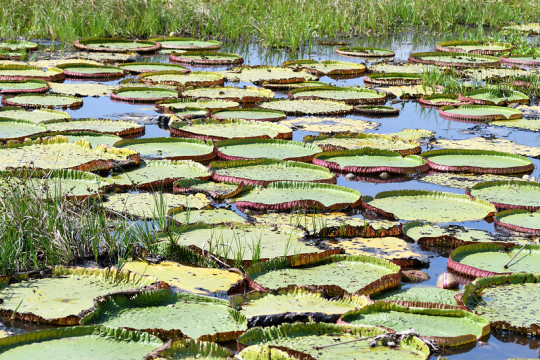
Uape Jacana giant water lilies (Victoria amazonica) in Mato Grosso, Brazil.
by Brian Henderson
#uape jacana#giant water lilies#water lilies#plants#victoria amazonica#victoria#Nymphaeaceae#Nymphaeales#angiosperms#Tracheophytes#plantae
81 notes
·
View notes
Text

Symphoricarpos albus (Common Snowberry)
#favorite plant find of the day!#almost entirely because i thought it was an invasive honeysuckle at first and was pleasantly surprised to discover it was a native shrub :)#symphoricarpus albus#symphoricarpus#caprifoliaceae#dipsacales#angiosperms#botany#plants#i linked the natureserve page because there is a TON of ecology info there (mostly for the western US)
3 notes
·
View notes
Text

The Siberian candyflower (Claytonia sibirica) is one of my favorite native wildflowers here in the PNW; no blooms on this one yet, but it has healthy-looking leaves. I always loved the purple hue to the stems, too. And it's edible! It's in the same genus as miner's lettuce (Claytonia perfoliata).
I know spring is still another month away, but we're getting the first greening up that's so common in the latter weeks of winter here. Every year it seems like I need spring's arrival a little more.
#Claytonia#plants#botany#native plants#native species#PNW#Pacific Northwest#flowers#angiosperms#foraging#edible plants
41 notes
·
View notes
Text

Schlumbergera sp.
14-JUN-2023
Melbourne, Vic
#australia#victoria#melbourne#zygocactus#flowers#pink flowers#angiosperms#caryophyllales#cactaceae#cactoideae#rhipsalideae#schlumbergera
16 notes
·
View notes
Text
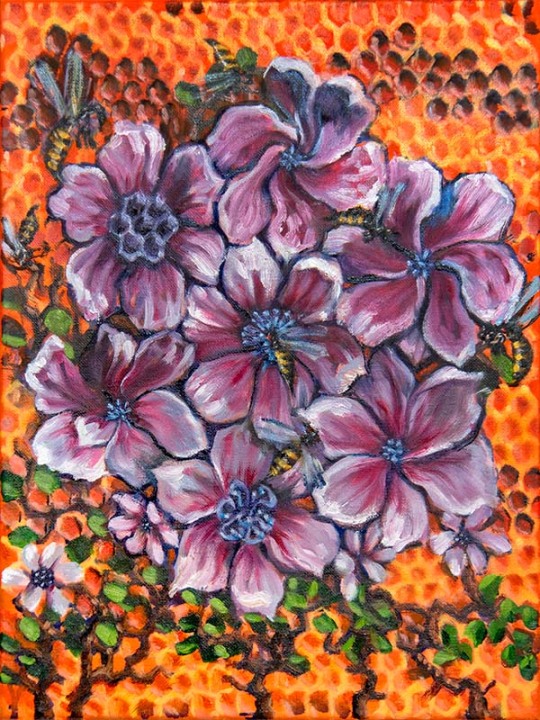
Cretaceous (Paleofacture 24), April 2024, oil on canvas, 12x16in.
#janet bruesselbach#oil painting#artists on tumblr#original art#paleofacture#cyborg#evolution#paleontology#angiosperms#bees#hexagons#bestagons#borealopelta#scales#interspecies reproduction#nonhuman domestication
3 notes
·
View notes
Text
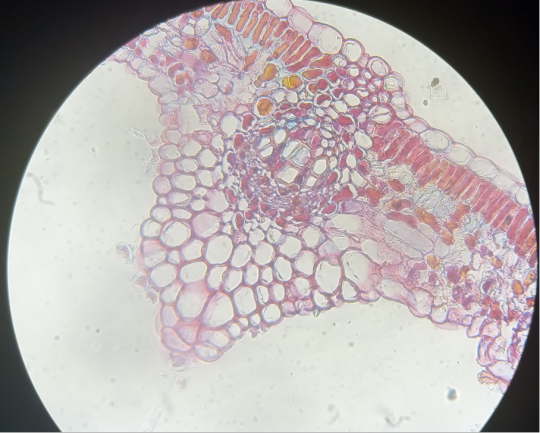
Some coloured plant cell tissue
49 notes
·
View notes
Text
traditional living

is a union of divinity and matter
with mind and spirit being weathered upon
day or night, in between
and none of this is self; true self
is merely a visitor in vehicles,
business or tourists on paths
or a trail of lovers
where merits accumulate
and do they ever
and waiting is action
and often it's precisely what is needed
and there you are
but so are we
in ever present light
as nobody travels alone
without discriminations
morning painting using corel painter, blue marble for clouds and a fire escape along the tree with additional photographs layered in. agave americana is a tad fascinating, and I gotta say it's actually a plant
graphic and words ©spacetree 2024
#spilled thoughts#spilled ink#artists on tumblr#my writing#poetry#spilled poetry#poem#poems on tumblr#spilled words#spilled writing#digital painting#digital art#original writing#original poem#original post#original painting#angiosperms
2 notes
·
View notes
Text
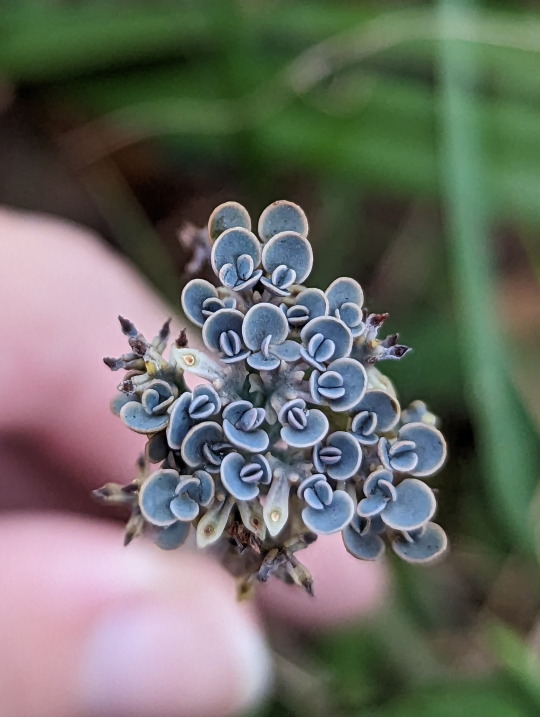
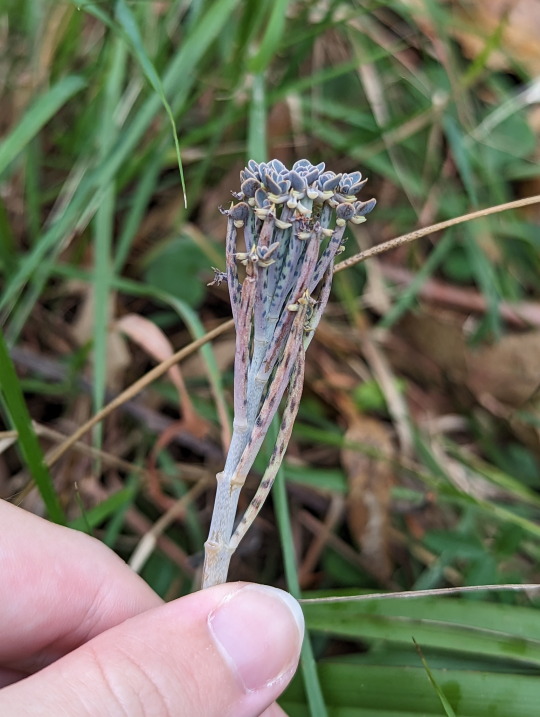
Mother-of-Millions
Kalanchoe delagoensis
20/03/23 - NSW
#Kalanchoe delagoensis#Mother-of-Millions#Kalanchoe#Kalanchoes#Crassulaceae#stonecrops#Magnoliopsida#Dicots#Angiospermae#angiosperms#Flowering Plants#flowers#Tracheophyta#Vascular Plants#Plantae#Plants#botany
350 notes
·
View notes
Text

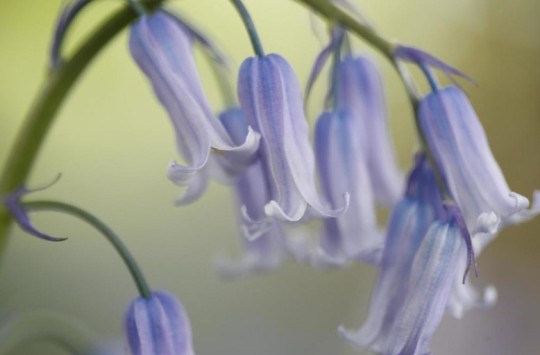
Common Bluebell (Hyacinthoides non-scripta)
Family: Asparagus Family (Asparagaceae)
IUCN Conservation Status: Unassessed
Adapted to life in deciduous forests with dense canopies that limit the degree to which low-growing plants can access sunlight, Common Blubells survive by rapidly developing and reproducing during the early spring before the trees around them develop their leaves. In the later spring and early summer, as taller competing plants develop leaves, the flowers, stems, leaves and even roots of members of this species wither as they enter a dormant state until the following spring, with only an onion-like subterranean bulb, packed with sugars produced through photosynthesis during the non-dormant period, remaining; come next year's spring, the sugars in the bulb are used to facilitate the rapid development of new roots and leaves, allowing the bluebell to repeat the process year after year. Common Bluebells can reproduce both sexually (producing 5-12 small, pale-purple bell-shaped flowers that droop notably to one side when in bloom, with each flower possessing pollen-producing "male" organs and pollen-receiving "female" organs, with any flower that is pollinated developing into a small seed-filled pod that drops its seeds as the plant goes dormant) and asexually (with new but genetically identical bulbs, known as "daughter bulbs" developing as offshoots from the sides of an existing mature bulb, known as a "mother bulb",) and as they thrive in shady deciduous forests and are unable to easily disperse their seeds or bulbs over any great distance, it is not unusual for the understory of a forest that supports members of this species to be completely dominated by them during the spring - such forests are referred to in some regions as "bluebell woods'."
--------------------------------------------------------------------------
Image Source: https://www.inaturalist.org/taxa/56132-Hyacinthoides-non-scripta
#common bluebell#Common Bluebell#bluebell#botany#biology#angiosperm#angiosperms#flowering plants#flowers#plant#plants#wildlife#European wildlife#flower
106 notes
·
View notes
Text

Prostanthera striatiflora
#Prostanthera striatiflora#jockey’s cap#striped mintbush#striated mintbush#plants#flowers#nature#wikipedia#wikipedia pictures#wikimedia commons#shrub#shrubbery#tracheophytes#angiosperms#eudicots#asterids#lamiales#lamiaceae#prostanthera
24 notes
·
View notes
Video
youtube
This Is An Ant World, We're Just Living In It
2 notes
·
View notes